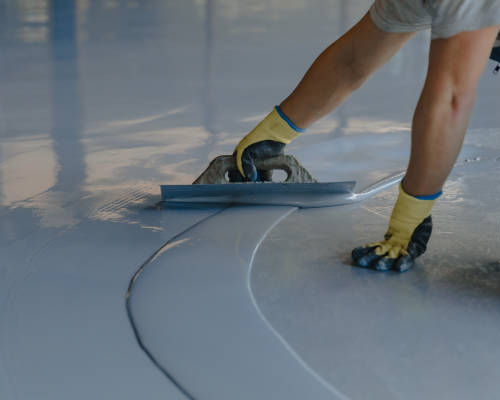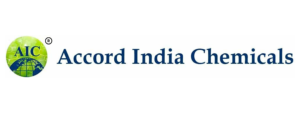EPOXY MORTAR

EPOXY MORTAR
PROPERTIES
- Easy to process
- Abrasion proof
- Resin/hardener/filler as a finished mixture
- Impermeable to water
- 3-component
- Particularly economical packing mortar
- Floor repair mortar
- Pigmented
- Universally applicable coating mortar
- Transparent
AREAS OF APPLICATION
- Industrial halls, warehouses, garages, repair sites
- Posts and columns
- Joint bridging structures
- Passenger and heavy goods vehicle balances
- Concrete repair mortar for large and small areas
- Primer:
- Ramps
- Roller-gate floor beams
- For packing up posts and railing posts
APPLICATION
SUBSTRATE PREPARATION
Concrete surfaces must be prepared by, e.g. shotblasting, milling etc., to make sure that they are ready for the coating, slightly roughened, free from dirt and any other objects that might prevent adhesion. The aggregate particles must be exposed. The substrate must have an average tear strength of ≥ 1.5 N/mm2 . The substrate has to be protected against rising damp before priming. The dew point temperature has to be observed.
MIXING THE PRIMER :
The components resin (A) and hardener (B) are supplied at adjusted mixing ratios (with the exception of resin and hardener supplied in barrels). Empty all of the hardener into the resin. Thoroughly mix the two components with a mechanical agitator with a speed of no more than 400 rpm until the mixture has been homogeneously blended (approx. 5 minutes). Transfer the mixture into a clean container and carefully mix again. The temperature of both of these components should be at least +8 °C
APPLYING THE PRIMER :
The primer should be applied using, e.g. a rubber scraper, and evenly distributed on the concrete substrate. If required, cover the fresh primer with firedried quartz sand (particle size: 0.1-0.3 mm) straight after application (requires approx. 1.5-3.0 kg/m2 ). If the surface is very uneven, the primer can be mixed with 35-45 % bonding agent (quartz sand 0.1-0.4 mm). This mixture is then applied using a scraper.
MIXING THE EPOXY RESIN MORTAR COATING :
The components resin (A) and hardener (B) are supplied at an adjusted mixing ratio. Empty all of the hardener into the resin. Thoroughly mix the components with a mechanical agitator with a speed of no more than 400 rpm until the mixture has been homogeneously blended (approx. 5 minutes). After mixing, transfer the mixture into a clean container and carefully mix again. The temperature of the components must be at least 8 °C. Add the homogeneously mixed resin/hardener mixture to the filler component (C) and mix with a mechanical agitator at a maximum of 400 rpm (approx. 5 min until a homogeneous mixture is achieved).
APPLYING THE EPOXY RESIN MORTAR COATING :
Apply the homogenously mixed epoxy resin mortar to the fresh – still sticky – primer and compress. Use a trowel to compact smaller chippings, voids and tripping hazards as well as smaller surfaces. For larger areas, use a motor-driven levelling bar or screed, for example, until the surface structure has been achieved.
CURING:
The curing behaviour of reactive plastic material is affected in particular by the ambient and substrate temperature. Low temperatures slow the chemical reactions and thus prolong the time required for application, until the surface is ready for the second coat, until being able to walk on, and the total curing time; as well as increasing the amount of material required due to the higher viscosity. High temperatures accelerate the chemical reactions, thus correspondingly diminishing the above times. In order for the reactive plastic material to fully cure, the mean temperature of the substrate must always be higher than the minimum temperature. When used outdoors, it must be ensured that the material is protected from moisture for a sufficient period of time after application, since premature exposure to moisture can cause the surface to turn white and/or sticky, which can significantly impact on the adhesion of the next coating and might mean that the layer might have to be removed again using e.g. sandblasting. The existing material underneath this layer will cure without any problems


